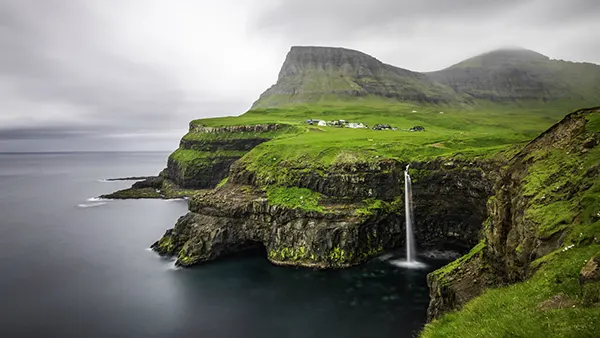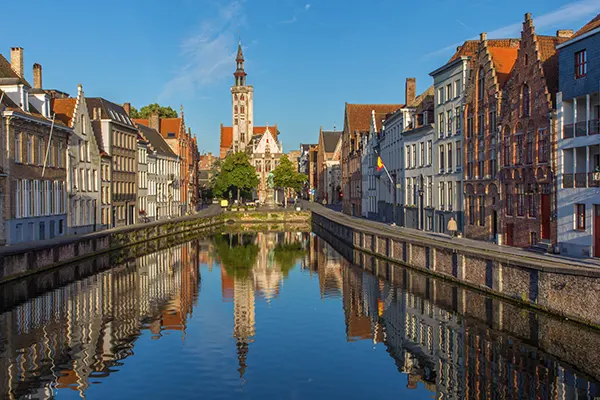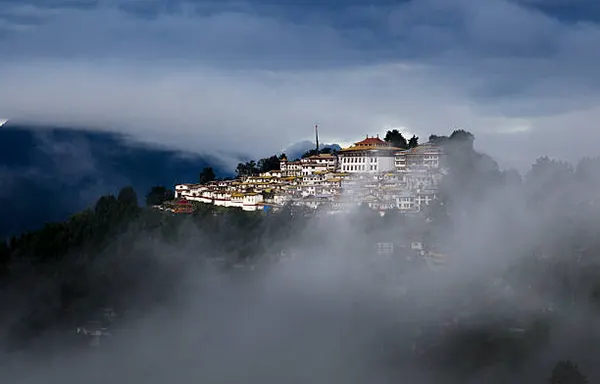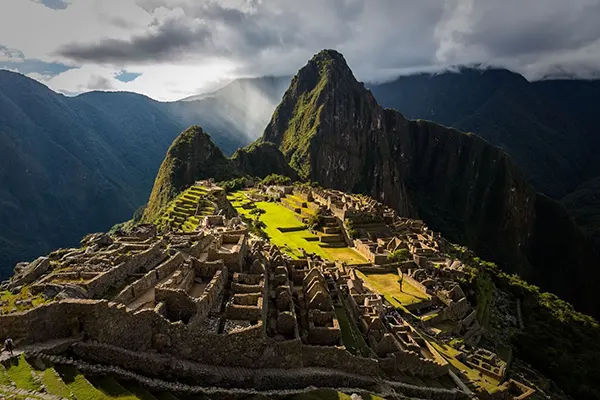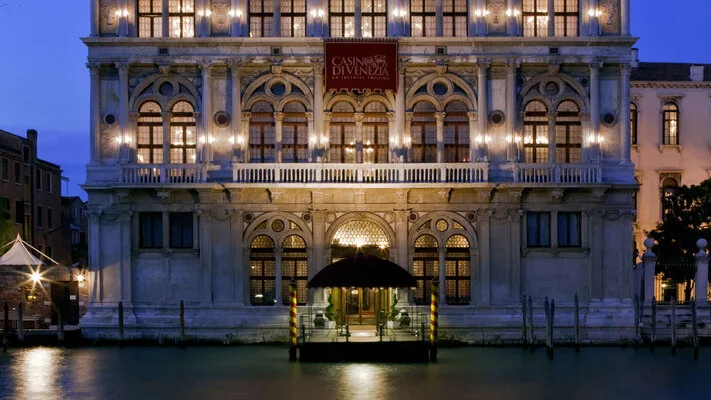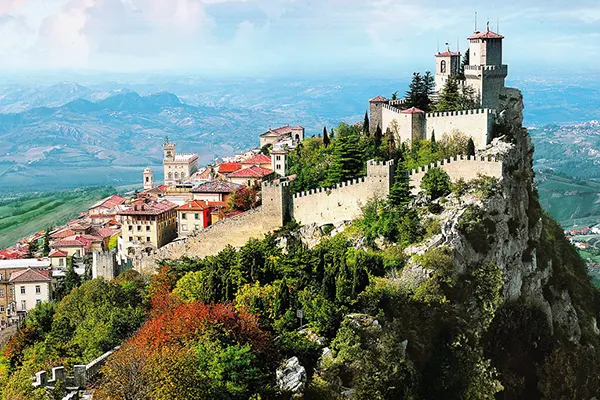
San Marino — A Microstate with a Medieval Soul
San Marino, the serene enclave perched atop Mount Titano, stands as one of the world’s smallest and oldest republics. Despite its modest size, this microstate radiates a distinct medieval charm, offering visitors and historians alike a glimpse into centuries of preserved traditions and political resilience. As of February 2025, San Marino continues to captivate the world with its historical authenticity and strong sense of identity.
The Historical Foundations of San Marino
Founded in AD 301, San Marino claims to be the oldest extant sovereign state and constitutional republic. The legend tells of Saint Marinus, a Christian stonemason fleeing persecution, who established a small community of believers on Mount Titano. Over centuries, this resilient republic maintained its autonomy through strategic diplomacy and unwavering commitment to independence, surviving invasions and geopolitical shifts that reshaped Europe.
Throughout its history, San Marino has demonstrated a unique diplomatic skill, often aligning itself with more powerful neighbours while fiercely guarding its sovereignty. Even during the tumultuous periods of Napoleon’s campaigns and the unification of Italy, San Marino managed to preserve its independence, a testament to its remarkable political agility.
Today, San Marino’s governance is a proud reflection of its medieval past. The Captains Regent, who serve as dual heads of state, are elected every six months, continuing a tradition that dates back centuries and symbolises the republic’s commitment to collective leadership and balance of power.
The Cultural Legacy of a Timeless Republic
San Marino’s culture is deeply entwined with its medieval heritage. The architecture of its capital, also named San Marino, boasts stone towers, ancient fortifications, and narrow winding streets that have remained largely unchanged for centuries. The Three Towers of San Marino—Guaita, Cesta, and Montale—stand as enduring symbols of the state’s historical resilience and strategic ingenuity.
Festivals and historical reenactments, such as the annual Medieval Days, breathe life into the traditions of old. Citizens don period costumes and participate in archery tournaments, flag-throwing contests, and theatrical performances, reviving the spirit of medieval community life for locals and visitors alike.
The Sammarinese are justly proud of their heritage, and the nation’s museums, including the State Museum and the Museum of Ancient Arms, offer extensive collections that narrate the fascinating saga of San Marino’s evolution from a humble refuge to a sovereign republic.
The Political Independence in the Modern Era
Despite its tiny size—covering just over 61 square kilometres—San Marino has retained full political independence in a world dominated by powerful nation-states. The republic is a member of the United Nations, the Council of Europe, and other international organisations, actively participating in global dialogues while maintaining its cherished neutrality.
San Marino’s political system is an intriguing blend of ancient customs and modern democratic principles. The Grand and General Council, the state’s parliament, consists of 60 members elected every five years. This council not only legislates but also elects the Captains Regent, ensuring continuity of governance rooted in historic traditions.
In recent years, San Marino has modernised its financial and judicial systems to align with international standards, particularly regarding transparency and cooperation in economic matters. Yet, it has done so while preserving its unique legal traditions, some of which date back to the 1600s.
Diplomatic Relations and Global Presence
San Marino’s diplomatic relations exemplify its mastery of soft power. The republic maintains friendly ties with Italy, the European Union, and numerous countries worldwide, promoting a policy of non-aggression and mutual respect. Bilateral agreements with Italy are particularly vital, ensuring the free movement of goods, services, and people across their shared border.
Tourism remains a cornerstone of San Marino’s economy. Welcoming over two million visitors annually, the state’s historical allure, cultural richness, and tax-free shopping opportunities contribute significantly to its prosperity. The government continues to invest in sustainable tourism initiatives to preserve the authenticity that makes San Marino so appealing.
In 2025, San Marino’s voice continues to echo on international platforms, advocating for the rights of small states, the importance of cultural preservation, and the value of peaceful coexistence in an increasingly complex world.
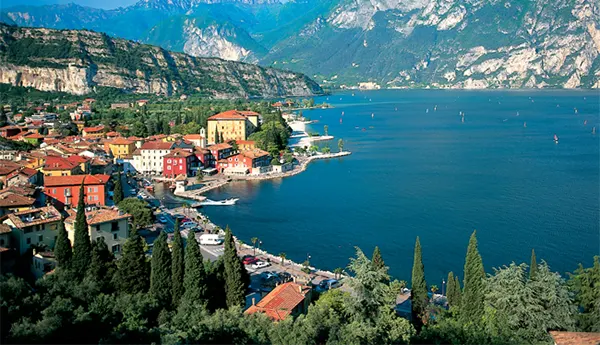
San Marino’s Timeless Appeal to Visitors
San Marino’s compact size belies the wealth of experiences it offers to visitors. Its UNESCO-listed historic centre invites exploration through cobbled streets, mediaeval squares, and hidden courtyards that whisper stories of bygone eras. Every turn reveals stunning vistas of the surrounding Emilia-Romagna countryside, providing a serene backdrop to the ancient urban landscape.
One of San Marino’s unique attractions is its array of traditional shops, offering local crafts such as ceramics, leather goods, and stamps. San Marino is renowned among philatelists worldwide for its rare and beautifully designed postage stamps, which remain a popular collector’s item to this day.
The gastronomy of San Marino also reflects its rustic and hearty roots. Traditional dishes like ‘piadina’ (flatbread), ‘nidi di rondine’ (pasta nests), and locally produced wines provide an authentic taste of the region’s culinary heritage. Dining in San Marino is a delightful journey into simplicity, tradition, and genuine hospitality.
Festivals, Celebrations, and Living Heritage
Annual festivals remain vibrant expressions of San Marino’s living heritage. Besides Medieval Days, events like the Feast of Saint Marinus and the Investiture Ceremony of the Captains Regent keep the historical spirit alive, bridging generations and strengthening communal identity.
During these festivities, the streets come alive with medieval music, parades, and communal feasts, fostering a sense of continuity and pride in the republic’s ancient traditions. These celebrations not only attract visitors but also reinforce the social fabric that has sustained San Marino through centuries.
San Marino in 2025 stands as a proud custodian of a unique cultural legacy. In a rapidly modernising world, this microstate offers a rare opportunity to step into a living past, where history is not merely preserved but lived and celebrated with enduring passion.

